Colin Everest on photograph as anti-clock, and a painting that sets its own pace.
In 1951—the year before John Cage’s experimental composition 4’33” premiered—painter Robert Rauschenberg executed The White Paintings: a set of modular canvases painted completely white.
Within two years, however, Rauschenberg had moved on to their aesthetic opposite, producing what he termed “combines,” or crowded works that included elements of both painting and sculpture.
One of these combines is Rebus (1955). Rebus has the typical grammar of a combine. The work is organized along a horizontal vector that bisects the canvas. Paint samples, arranged in hues running left to right from pastels to bolds, separate two hemispheres. There are stripes of yellow, brown, red and white paint that in some cases have been left to drip.
These painterly elements compete for space with an array of objects and paper matter, most of it mass market. The balance of the combine matter is affixed above the paint sample equator. This matter includes a political advertisement, a reproduction of Botticelli’s Birth of Venus, and a drawing by Cy Twombly.
The riddle of Rebus begins and ends with two photographs. On the far left: a runner, wearing a Pitt pinny, is mid-stride during an exhibition of some kind (a grandstand and some spectators are visible in the background). The Pitt runner is perhaps a half-length in front of a second runner, wearing a Fordham jersey. Both runners are mid-stride, and the shadows define both runners’ muscles in moments of maximum effort: bicep, quadricep, calf. The Pitt runner’s face is placid. The Fordham runner’s face is strained: his neck vein is pronounced and his top teeth are visible as he inhales, his head thrown back.
The shadows define both runners’ muscles in moments of maximum effort: bicep, quadricep, calf.
A second photograph, on the far right side of the canvas, depicts the same two runners, exhibiting the same relative amounts of effort, and against the same background, but now the positions of the runners are reversed: the Fordham runner has gained perhaps a stride-length on the Pitt runner. The images appear to be (and were) taken moments apart.
I was introduced to Rebus by my brother Ian. He said that the photographs mean, “This painting makes its own time.” His original phrasing included profanity. The photographs, and more specifically the runners in the photographs, are a specific kind of chronal instrument: an anti-clock, the runners do not keep time but excerpt from it.
An anti-clock, the runners do not keep time but excerpt from it.
The Museum of Modern Art acquired Rebus for around $30 million in 2005. So long as there is a MoMA, the Pitt and Fordham runners will stay locked in their moment of urgent grace—on Rebus time.
It is rare to experience a moment of grace; rarer still to have it recorded; and rarest of all to have that record preserved in perpetuity. People should know when they are going to live forever. And these two runners were likely unaware of this honor.
A few months ago, I set out to let them know. 🏃
KEEPING TIME
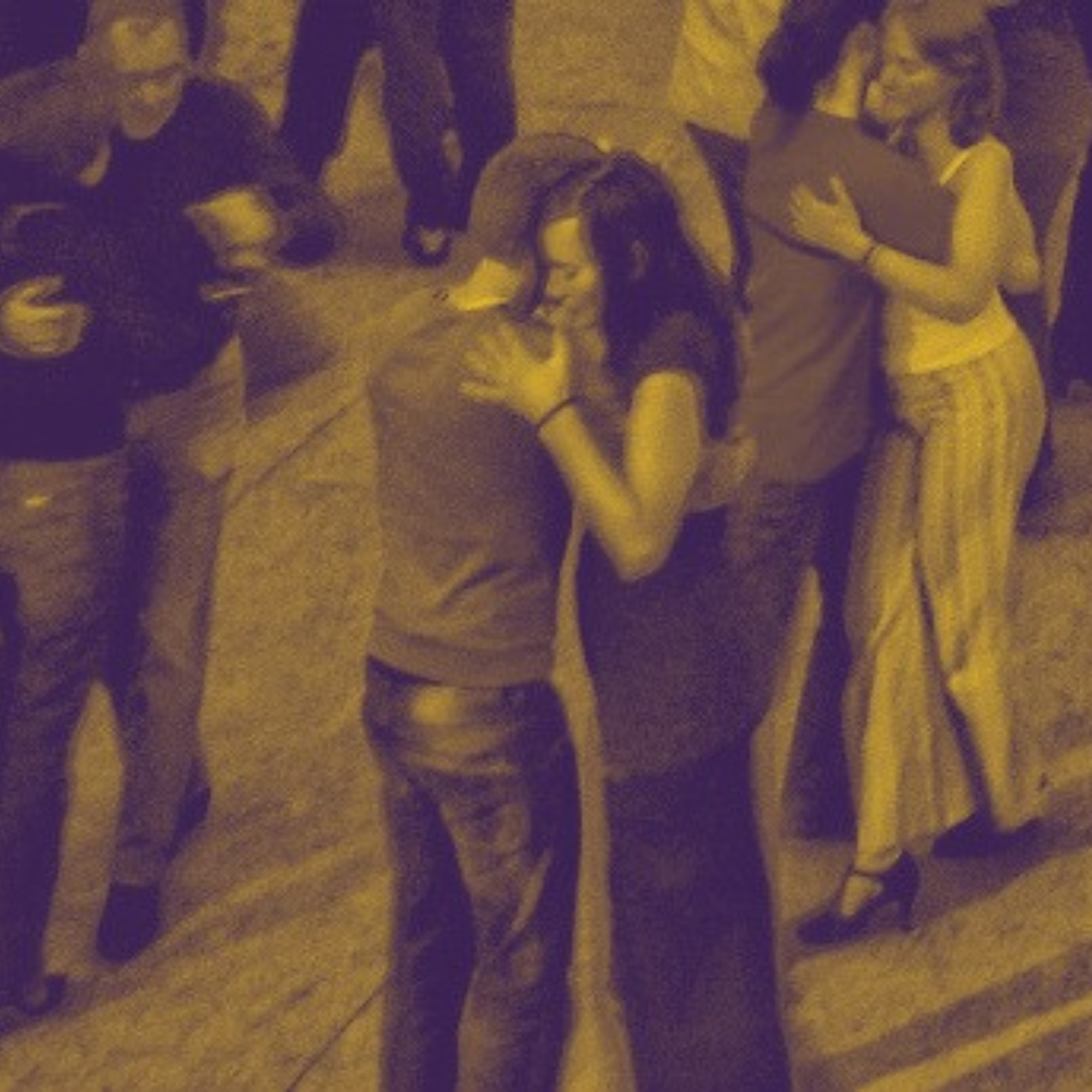 | Nov 29, 2023 Let go. |
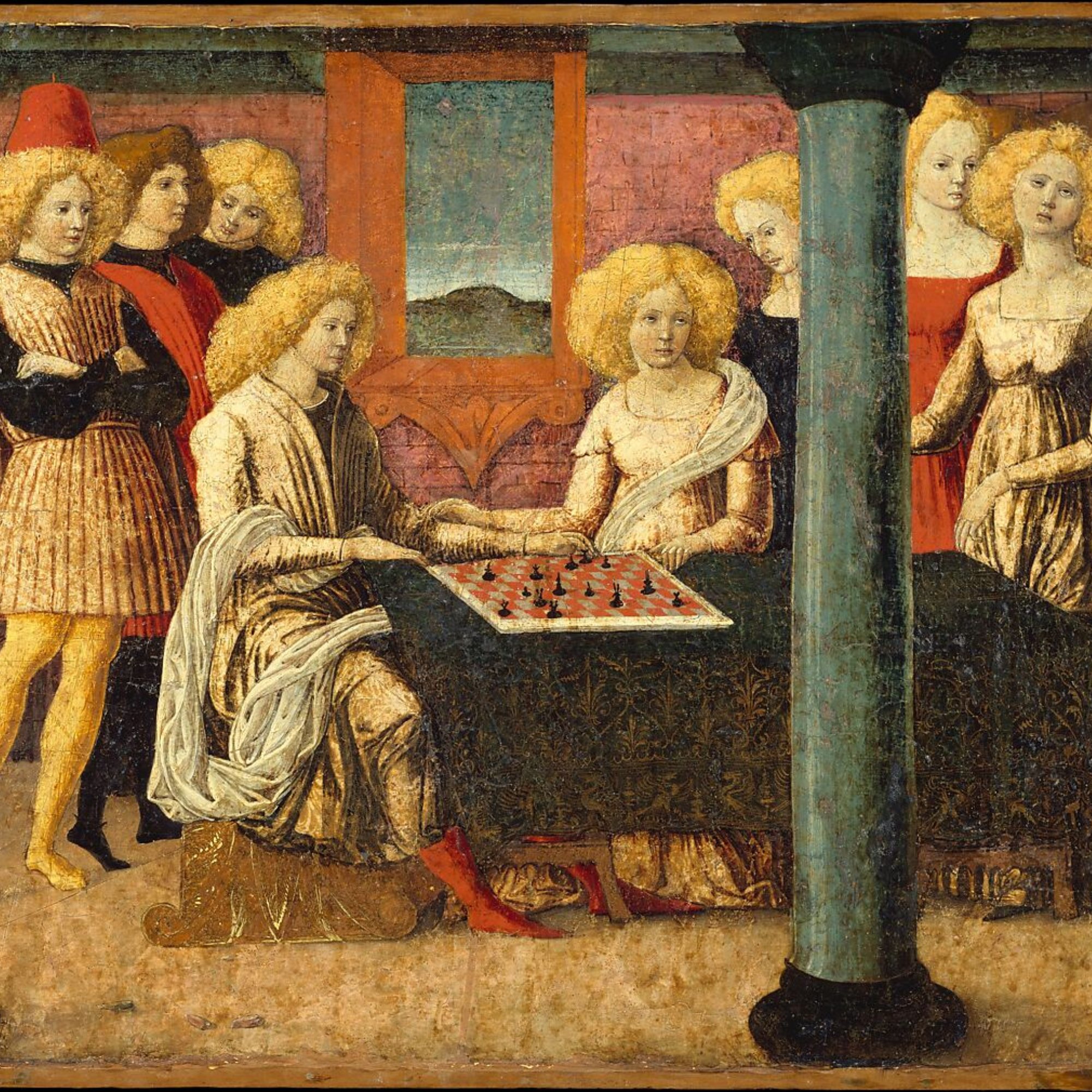 | May 1, 2024 Don't let go. |
|
DIRT ON THE VISUAL ARTS
|  | Nov 29, 2022 |
|
|  | Nov 11, 2022 |
|
| 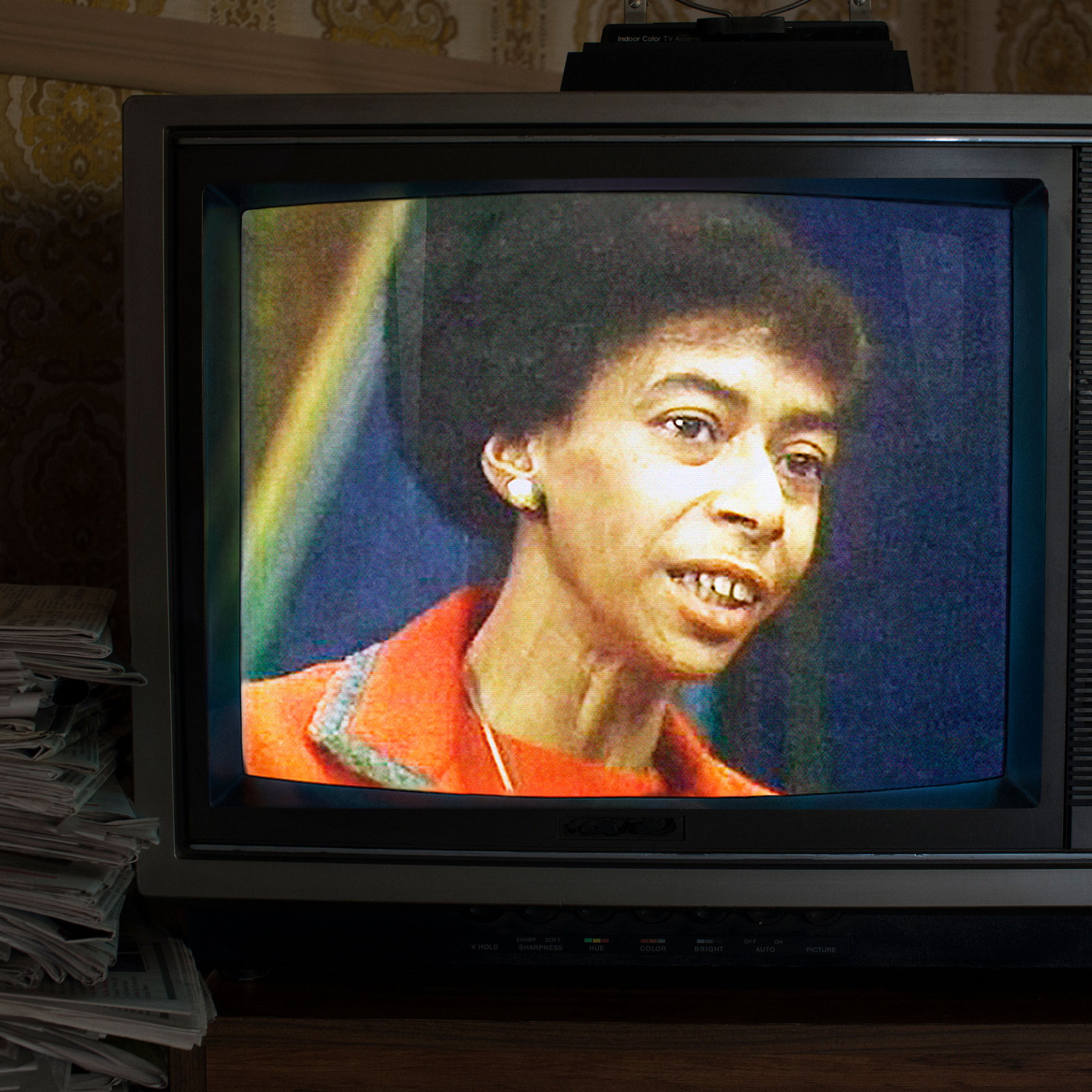 | Jan 11, 2024 |
|
|  | Mar 21, 2023 |
|
| 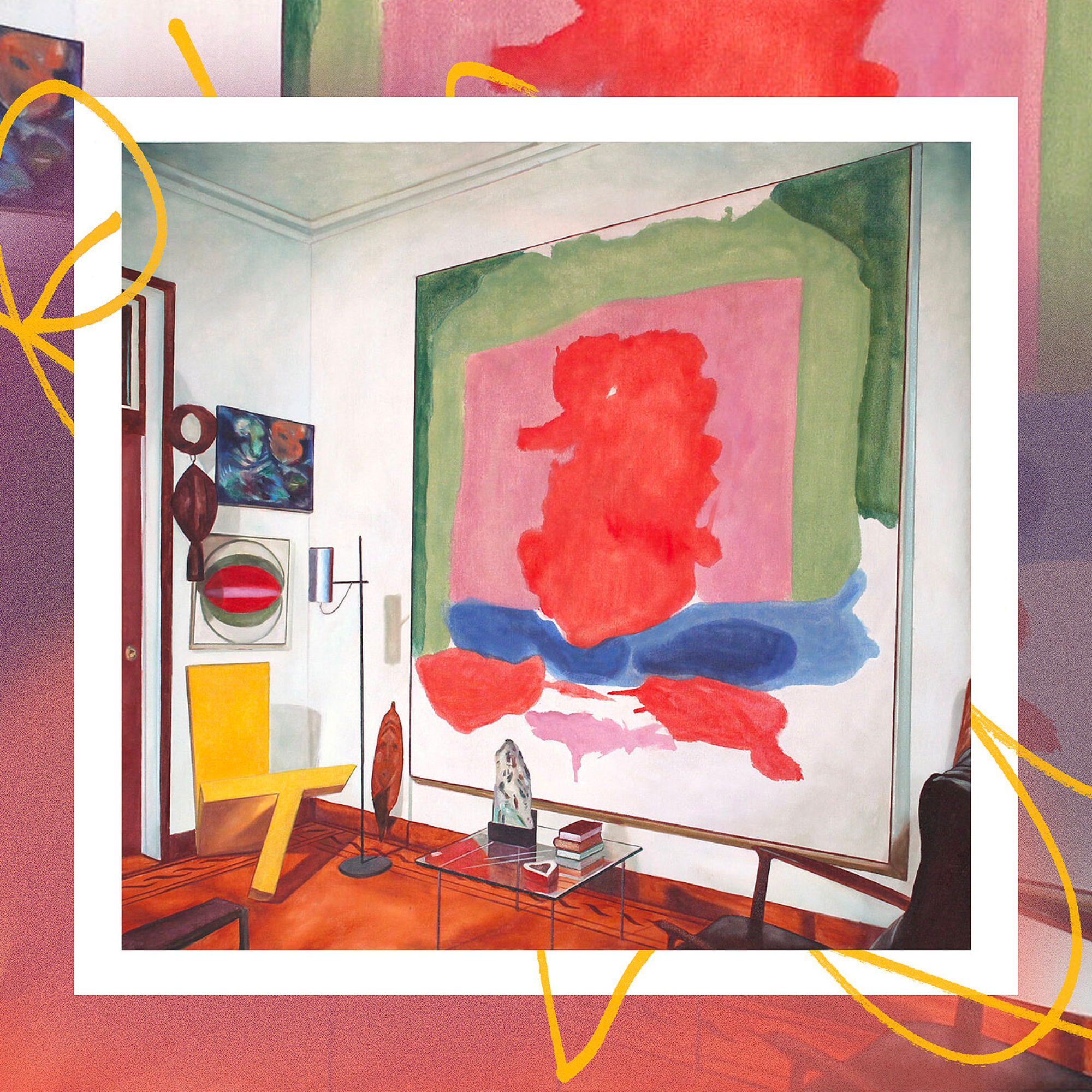 | Oct 20, 2023 |
|
| 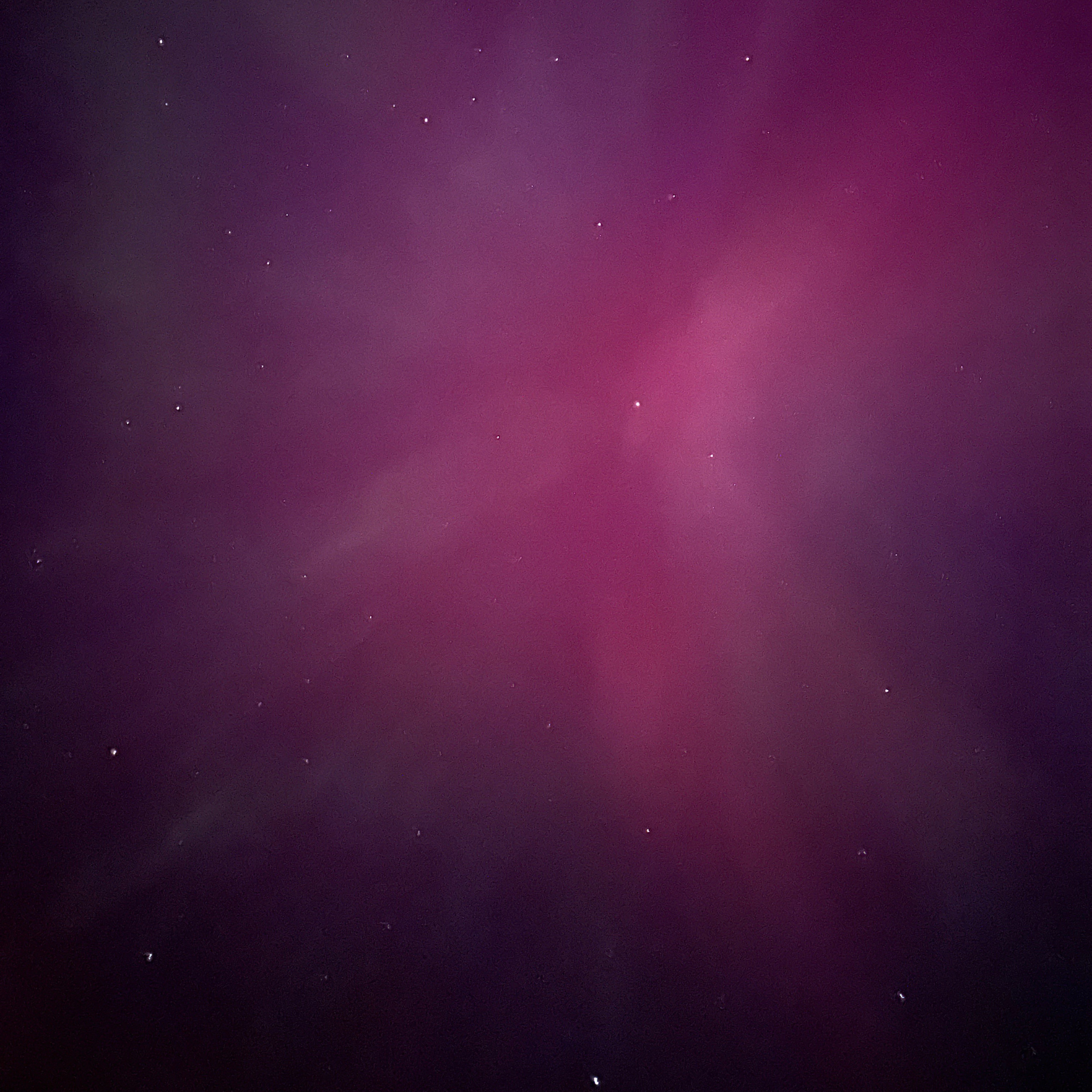 | Jun 3, 2024 |
|










